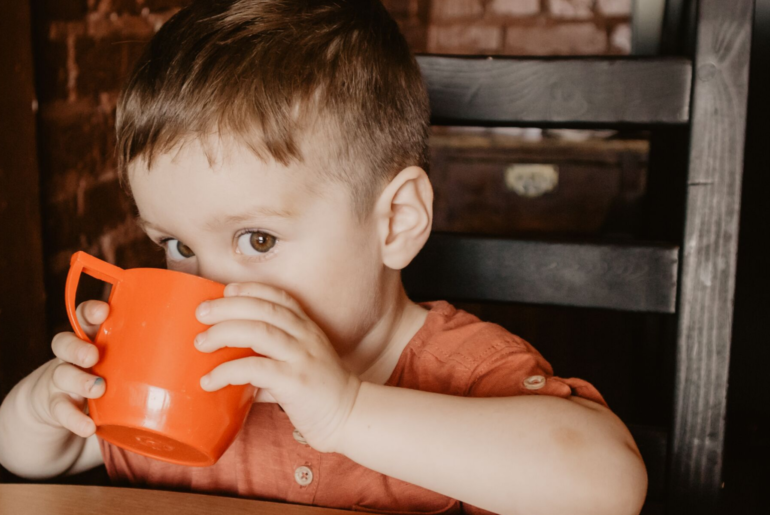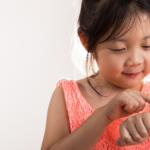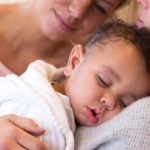Remember a few years back when everyone was up in arms about BPA in baby bottles and sippy cups? The whole industry changed as this harmful form of toxic plastic was banned from certain baby products. Parents everywhere began searching for the BPA-free label before putting anything plastic in their shopping cart.
According to a recent study of plastic consumer products, we may need to push for safer products for our kids once again. The study examined thirty four everyday products, ranging from yogurt cups to plastic wrap, including products that have contact with our skin rather than our food (like bath mats and shampoo bottles). The study found that 74 percent of them contained chemicals that could be toxic. Possibly most worrisome is the fact that of the 1,411 toxins found, only 260 of them could be positively identified.
The study points to a need for more research to identify these chemicals, and determine their effects on humans.
The researchers, led by Lisa Zimmermann of the Department of Aquatic Ecotoxicology at Goethe University Frankfurt, expressed concern. “Our study demonstrates that consumer plastics contain compounds that are toxic in vitro but remain largely unidentified. Since the risk of unknown compounds cannot be assessed, this poses a challenge to manufacturers, public health authorities, and researchers alike.” But they add with some optimism, “We also demonstrate that products not inducing toxicity are already on the market.”
Short of throwing out everything they own and attempting a plastic-free life, what can a family do to reduce children’s exposure to all of these products? The answer is a combination of many different changes—some to what we eat, some to the everyday products we buy.
Buy fresh food
The fewer steps food takes from where it originated to the kitchen table, the less likely it is to have come in contact with plastics needed to preserve it. According to a study on food packaging and plastic exposure, the amount of BPA detected in participants’ urine greatly decreased when they switched to a diet of fresh foods.
Check your packaging
A recent New York Times article suggests checking the recycling code on the bottom of all of your plastic products as one way to reduce exposure to dangerous chemicals. Dr. Leonardo Trasande, M.D., a professor of pediatrics and researcher at NYU Langone Medical Center, “recommended avoiding items labeled 3 for phthalates, 6 for styrene and 7 for bisphenols.”
Watch your product labels
Many fragrances in our products can contain plastics. “Unscented” doesn’t necessarily mean there are no harmful chemicals inside the bottle. The New York Times warns, “Phthalates are often in the fragrances that are added to these products, so choose products labeled as ‘fragrance-free’ or ‘phthalate-free’ — especially if you’re using them on your baby.”
Reducing the amount of harmful, toxic plastic in our homes can feel overwhelming, but a few small steps go a long way. The more conscious families become of what they’re bringing into their homes, the better equipped they are to decide what they’re putting into their (hopefully) plastic-free grocery bags.







